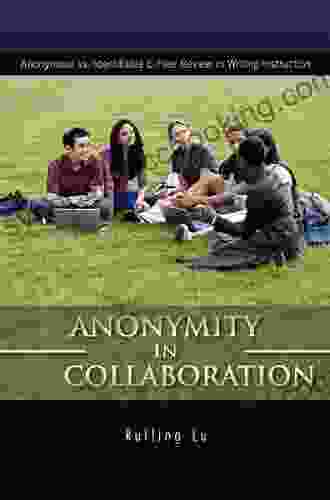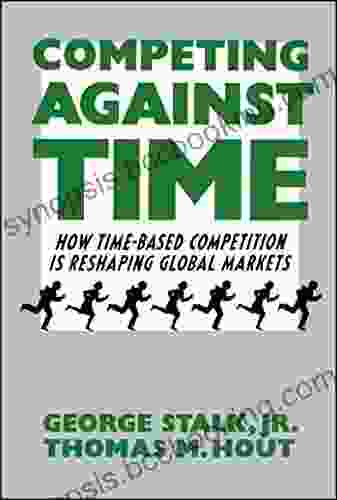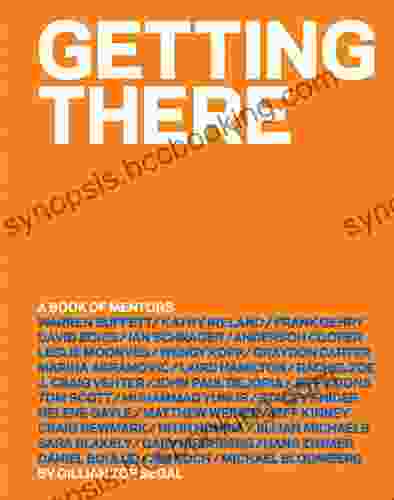The Pros and Cons of Anonymous vs. Identifiable Peer Review in Writing Instruction

Peer review is an invaluable tool in writing instruction, providing students with opportunities to share and critique each other's work, fostering critical thinking, and enhancing writing quality. However, a key consideration in peer review is whether it should be conducted anonymously or identifiably. Both approaches have distinct advantages and disadvantages, and educators must carefully weigh these factors to determine the most effective method for their classrooms.
Anonymous Peer Review
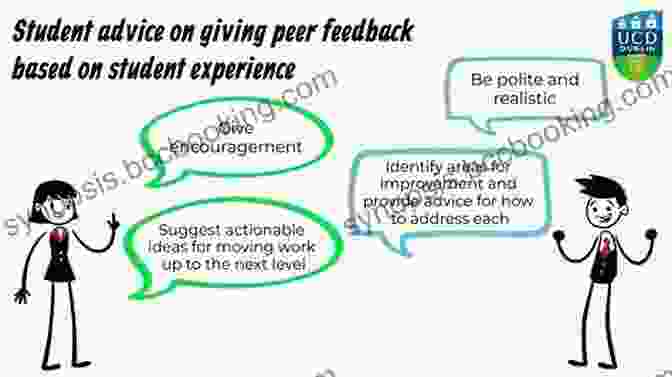
5 out of 5
| Language | : | Japanese |
| File size | : | 45824 KB |
| Print length | : | 144 pages |
Advantages
- Promotes honesty and objectivity: Anonymity encourages students to provide frank and unbiased feedback without fear of retaliation or favoritism. This results in more accurate and constructive criticism.
- Reduces bias and prejudice: By removing identifying information, students are less likely to judge or evaluate their peers based on their personal characteristics, focusing instead on the quality of the writing.
- Fosters a safe environment: Anonymity creates a more comfortable and supportive learning environment, allowing students who may be shy or hesitant to express their opinions freely.
Disadvantages
- Limits accountability: Students may be less responsible and accountable for their feedback if their identity is not known.
- Difficult to track and manage: Anonymizing submissions and responses can make it challenging for instructors to monitor the review process and intervene if necessary.
- Can lead to superficial or incomplete feedback: Without personal accountability, students may be less motivated to provide detailed and thoughtful feedback, leading to less effective critiques.
Identifiable Peer Review
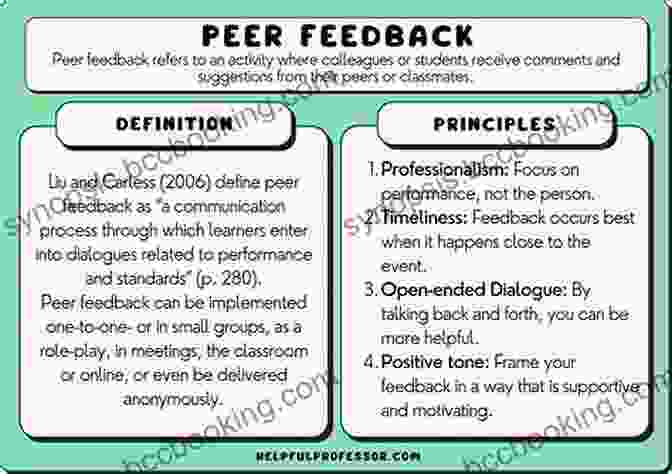
Advantages
- Enhances accountability: By making their identities known, students are more likely to take ownership of their feedback and provide constructive and responsible critiques.
- Facilitates direct communication: Identifiable peer review allows students to discuss their feedback and ask clarifying questions, leading to more in-depth and nuanced critiques.
- Builds stronger relationships: By interacting with each other directly, students can develop better relationships and learn to respect and value different perspectives.
Disadvantages
- Introduces potential bias: Students may hesitate to provide honest feedback if they know their peers will be aware of their identity.
- Can create a competitive atmosphere: Identifiable peer review may create a sense of competition, leading students to focus on impressing their peers rather than providing constructive criticism.
- May discourage students from taking risks: Students may be less willing to experiment with new ideas or express unconventional opinions if they know their peers will be judging them.
Choosing the Right Approach
The best approach to peer review in writing instruction depends on the specific context and learning objectives. Here are some factors to consider when making a decision:
- Student demographics and maturity: Younger or less experienced students may benefit more from anonymous peer review to encourage honest feedback and a comfortable environment.
- Course level and writing goals: In advanced writing courses or for students who need to develop a professional writing style, identifiable peer review may be more appropriate to foster accountability and direct communication.
- Learning outcomes: Educators should consider the specific learning outcomes they want to achieve. If the goal is to improve writing quality and promote critical thinking, anonymous peer review may be more effective in reducing bias and encouraging objectivity.
Both anonymous and identifiable peer review have their merits in writing instruction, and the choice between them should be based on careful consideration of the specific context and learning objectives. By understanding the advantages and disadvantages of each approach, educators can make informed decisions to maximize the effectiveness of peer review in their classrooms.
5 out of 5
| Language | : | Japanese |
| File size | : | 45824 KB |
| Print length | : | 144 pages |
Do you want to contribute by writing guest posts on this blog?
Please contact us and send us a resume of previous articles that you have written.
 Book
Book Novel
Novel Page
Page Chapter
Chapter Text
Text Story
Story Genre
Genre Reader
Reader Library
Library Paperback
Paperback E-book
E-book Magazine
Magazine Newspaper
Newspaper Paragraph
Paragraph Sentence
Sentence Bookmark
Bookmark Shelf
Shelf Glossary
Glossary Bibliography
Bibliography Foreword
Foreword Preface
Preface Synopsis
Synopsis Annotation
Annotation Footnote
Footnote Manuscript
Manuscript Scroll
Scroll Codex
Codex Tome
Tome Bestseller
Bestseller Classics
Classics Library card
Library card Narrative
Narrative Biography
Biography Autobiography
Autobiography Memoir
Memoir Reference
Reference Encyclopedia
Encyclopedia Max Muller
Max Muller William F Mann
William F Mann Georg Rauch
Georg Rauch Gene Perret
Gene Perret Gavin Ambrose
Gavin Ambrose Geoffrey Ball
Geoffrey Ball Garrett Ryan
Garrett Ryan Gerard Colby
Gerard Colby Marie T Banich
Marie T Banich Georges Sada
Georges Sada Noam Chomsky
Noam Chomsky Kimora Lee Simmons
Kimora Lee Simmons E R Chamberlin
E R Chamberlin Paul Battista
Paul Battista Lorette Broekstra
Lorette Broekstra Gary Taubes
Gary Taubes Gaston Dorren
Gaston Dorren Gene D Phillips
Gene D Phillips George Heineman
George Heineman Stan Craig
Stan Craig
Light bulbAdvertise smarter! Our strategic ad space ensures maximum exposure. Reserve your spot today!

 Joe SimmonsThe 12-Day Chase to Catch Lincoln's Killer: Uncover the Gripping Story Behind...
Joe SimmonsThe 12-Day Chase to Catch Lincoln's Killer: Uncover the Gripping Story Behind...
 Colin RichardsonMobile Lightroom Preset Blush: Transform Your Photos with a Soft, Romantic...
Colin RichardsonMobile Lightroom Preset Blush: Transform Your Photos with a Soft, Romantic... Dan BellFollow ·11k
Dan BellFollow ·11k Duane KellyFollow ·16.9k
Duane KellyFollow ·16.9k Christopher WoodsFollow ·16.2k
Christopher WoodsFollow ·16.2k Harvey BellFollow ·19.2k
Harvey BellFollow ·19.2k Elton HayesFollow ·5.4k
Elton HayesFollow ·5.4k Floyd RichardsonFollow ·6.6k
Floyd RichardsonFollow ·6.6k Braden WardFollow ·4.9k
Braden WardFollow ·4.9k Stanley BellFollow ·8.5k
Stanley BellFollow ·8.5k
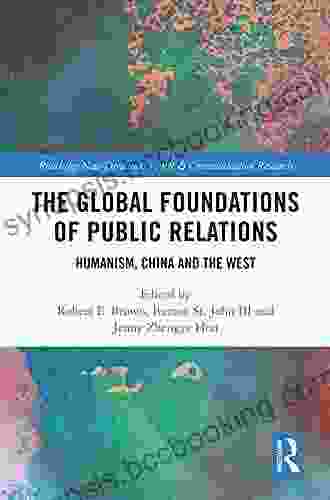
 Robert Heinlein
Robert HeinleinUnveiling Humanism in China and the West: A Journey...
In our rapidly...
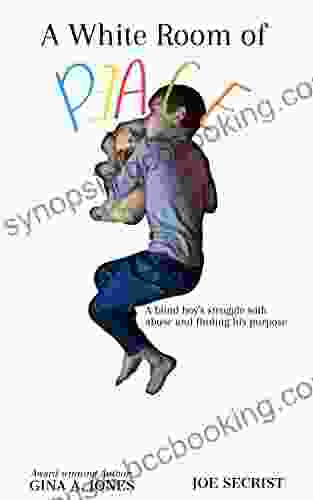
 Brian Bell
Brian BellBlind Boy's Unwavering Struggle Against Abuse and the...
In the tapestry of...

 Craig Carter
Craig CarterBuilding Wealth While Working for Uncle Sam: The Ultimate...
## ### Are you a federal employee who wants...
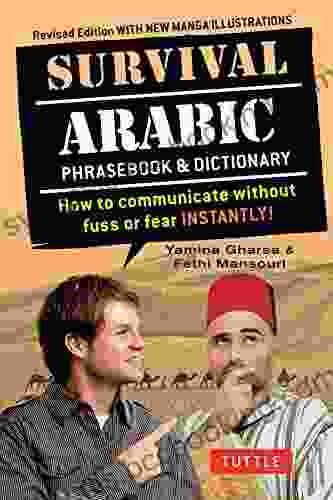
 Raymond Parker
Raymond ParkerUnveiling the Secrets of Arabic Survival: The Ultimate...
Embarking on a journey to unravel the...
5 out of 5
| Language | : | Japanese |
| File size | : | 45824 KB |
| Print length | : | 144 pages |


